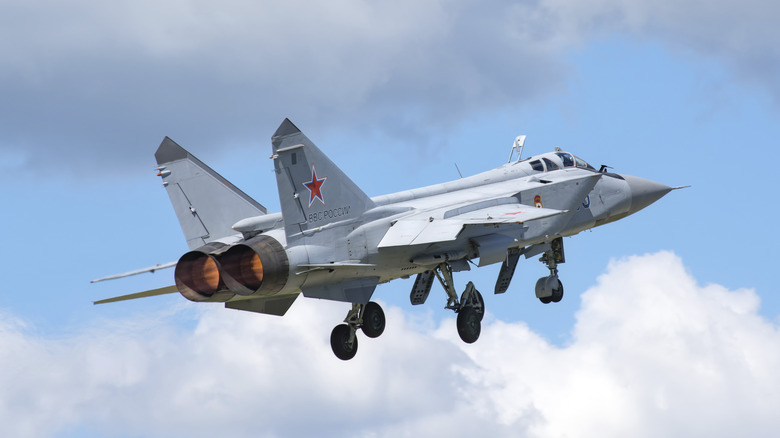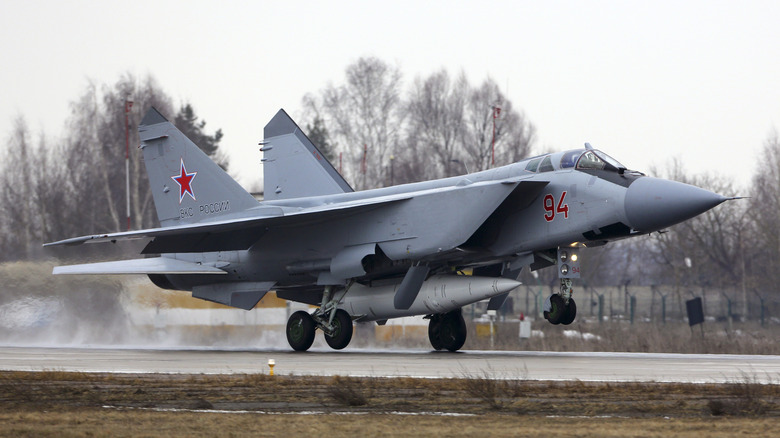NATO Intercepts 'Brazen' And 'Reckless' Russian Jets In Estonian Airspace
On Friday morning, three Russian MiG-31 "Foxhound" interceptors entered Estonian airspace and reportedly remained in the country's airspace for upwards of 12 minutes. In response, NATO forces scrambled F-35 Lightning IIs belonging to the Italian Air Force, and the MiGs left Estonia without incident. This incident comes after Russian drones incurred upon Polish airspace and were shot down.
Russia, according to a report from the BBC, is denying that an event ever took place, despite the fact that Finland, Estonia, and other NATO countries scrambled and made attempts to intercept the Russian MiGs. Estonia, a member of NATO and the European Union, is consulting other countries on how to proceed.
Russia's recent excursions into NATO airspace is seen as an escalation of its current war with Ukraine, and given both Estonia and Poland's friendly status to the rest of Europe and the United States, Russian escalations could evolve into greater conflict outside of Ukraine. Suffice to say, it wasn't just a blip on the radar.
Russia's interceptor jets
Russia's choice of fighter jet to probe NATO's airspace could have some indication as to its intentions. An evolution of the MiG-25, the MiG-31 is billed as an interceptor jet with a top speed exceeding 1,800 miles per hour. It is not meant to "dogfight" enemy aircraft; according to the United States Army's Worldwide Equipment Guide, MiG-31 aircraft aren't meant to be maneuverable, only very fast in a straight line. Notably, its top speed is much higher than that of the F-35 Lightning II jets that were scrambled to intercept. The F-35 is rated at 1,200 miles per hour. A much closer NATO analog to the MiG-31 would be the F-15 Eagle or F-15 Strike Eagle, which has a top speed of 1,875 miles per hour.
The MiG-31 is perfect for this kind of escalatory mission, as its fast enough to get in and out of airspace while still retaining some plausible deniability (at least, according to Russia). Still, the mere presence of supersonic Russian interceptors in NATO airspace is worrying enough to the point that some NATO countries, like the Czech Republic, even advocated for shooting down Russian jets the next time something like this happens.
Russia's actions in Estonia and Poland are, of course, reckless and should be seen as nothing other than attempts to disregard the sovereignty of NATO treaties and partnerships. The air war over Ukraine is bad enough, no one wants an air war over Europe.

